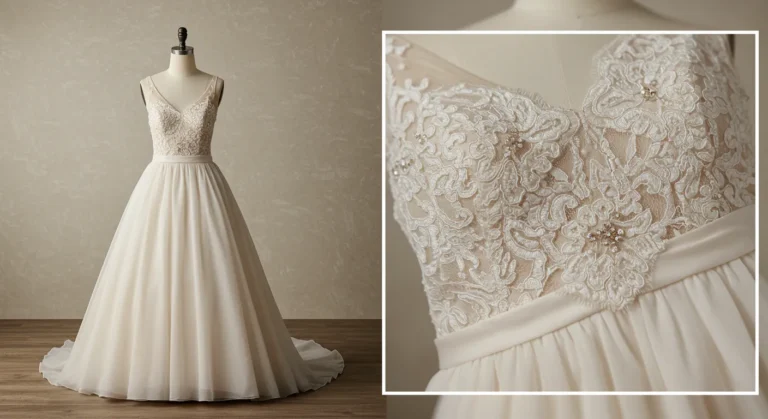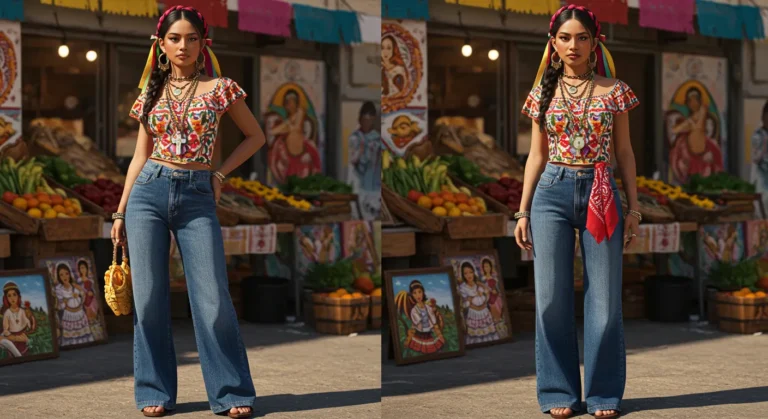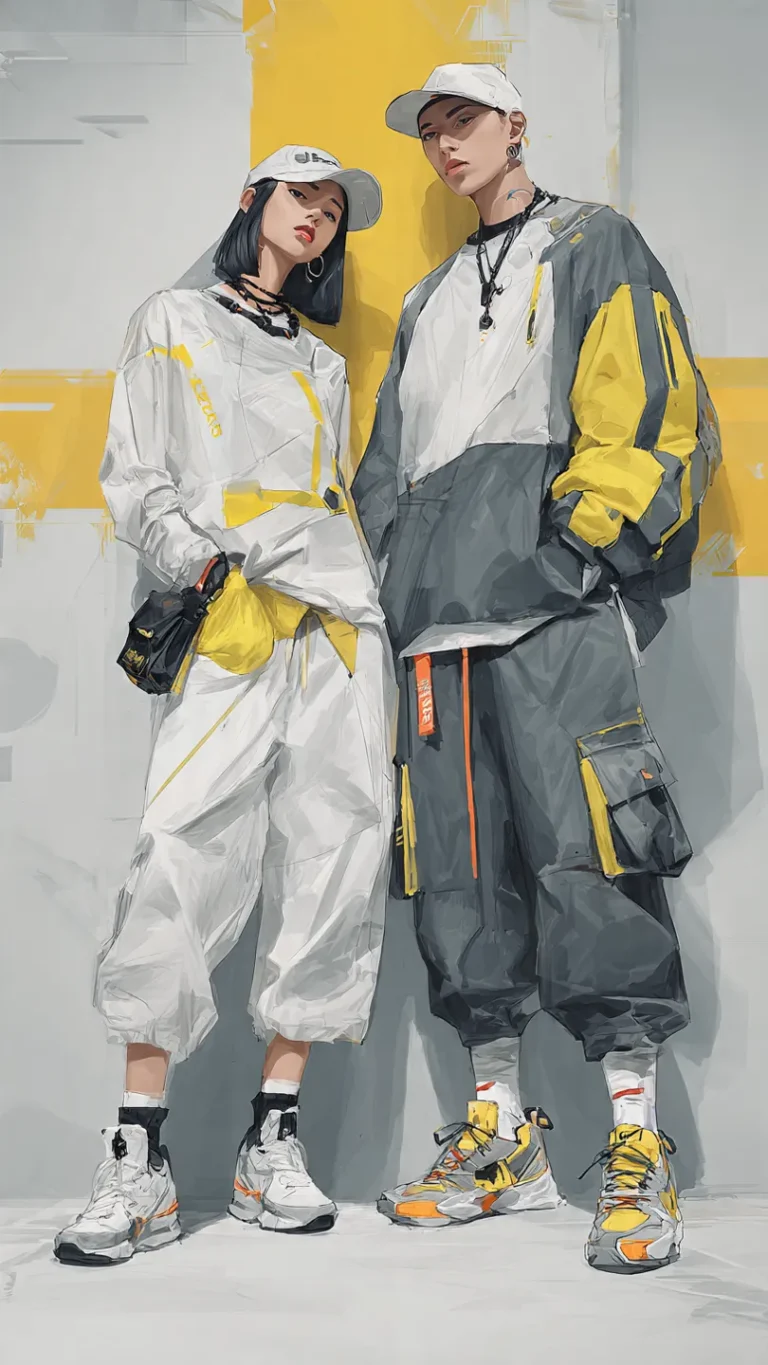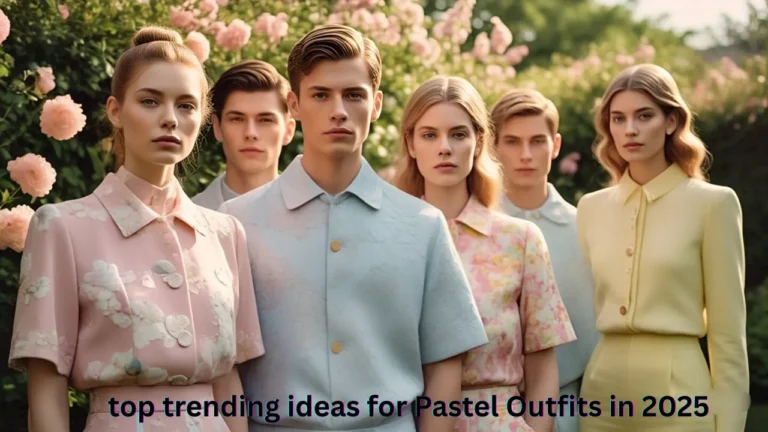The Kaftan Dress:A Fashion Icon That Transcends Trends in 2025
INTRODUCTION
The kaftan dress isn’t just a piece of clothing—it’s a cultural icon, a symbol of elegance, and a fashion staple that has stood the test of time. From the ancient empires of Mesopotamia to the glitzy beaches of the French Riviera, the kaftan has gone through a fascinating transformation. Whether you’re Kaftan Dress lounging at home, attending a boho beach wedding, or dressing up for a night out, there’s a kaftan out there ready to wrap you in effortless style.
But what exactly makes the kaftan dress so universally beloved? Let’s dive into the rich history, global influences, styling tips, and modern-day relevance of the kaftan—and why it deserves a special spot in every wardrobe.
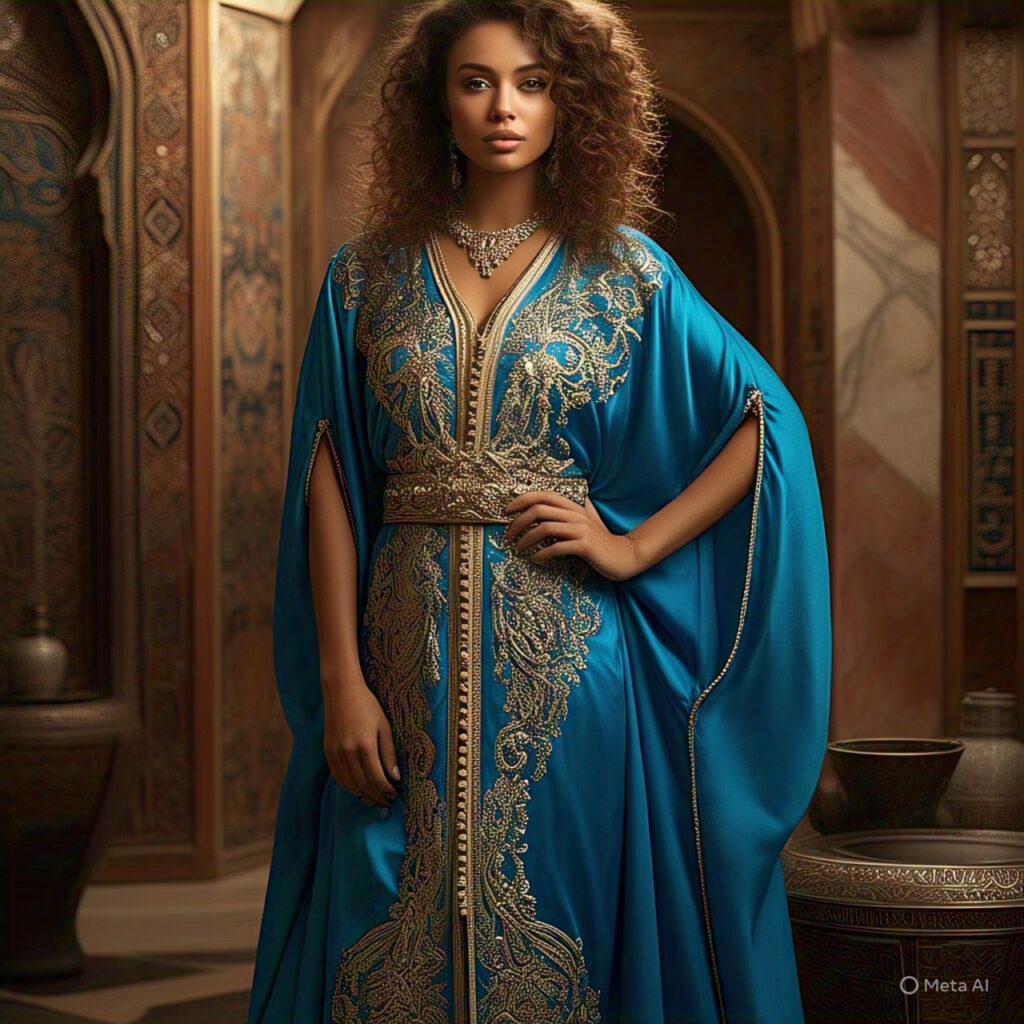
A Stroll Through Time: The Origins of the Kaftan Dress
The Kaftan Dress has ancient roots. Originating from Mesopotamia (modern-day Iraq and surrounding regions), The Kaftan Dress was initially worn by both men and women. Made from luxurious fabrics like silk or cotton, it was a loose-fitting robe designed to keep wearers cool in the desert heat. Over centuries, it traveled across continents—worn by Ottoman sultans in Turkey, embraced by Moroccan royalty, and eventually making its way into Western fashion circles.
In each culture, the kaftan adapted to local traditions and climates, yet it retained its original allure: a long, flowing garment that symbolized grace, power, and sophistication.
The Kaftan in the Modern Era: From Runway to Resort
Fast forward to the 20th century, and The Kaftan Dressexperienced a serious fashion revival. In the 1960s and 70s, designers like Yves Saint Laurent, Emilio Pucci, and Halston reintroduced the kaftan to high fashion. It quickly became synonymous with jet-set glamour. Think Elizabeth Taylor sipping champagne in a jewel-toned kaftan or Talitha Getty draped in exotic prints on the rooftops of Marrakesh.
In the modern era, the kaftan dress has evolved to meet the needs of every woman. It’s no longer just a beach cover-up or a statement piece for the rich and famous. Today’s The Kaftan Dress come in every imaginable fabric, cut, and color, suitable for everyday wear, formal events, or cozy nights in.
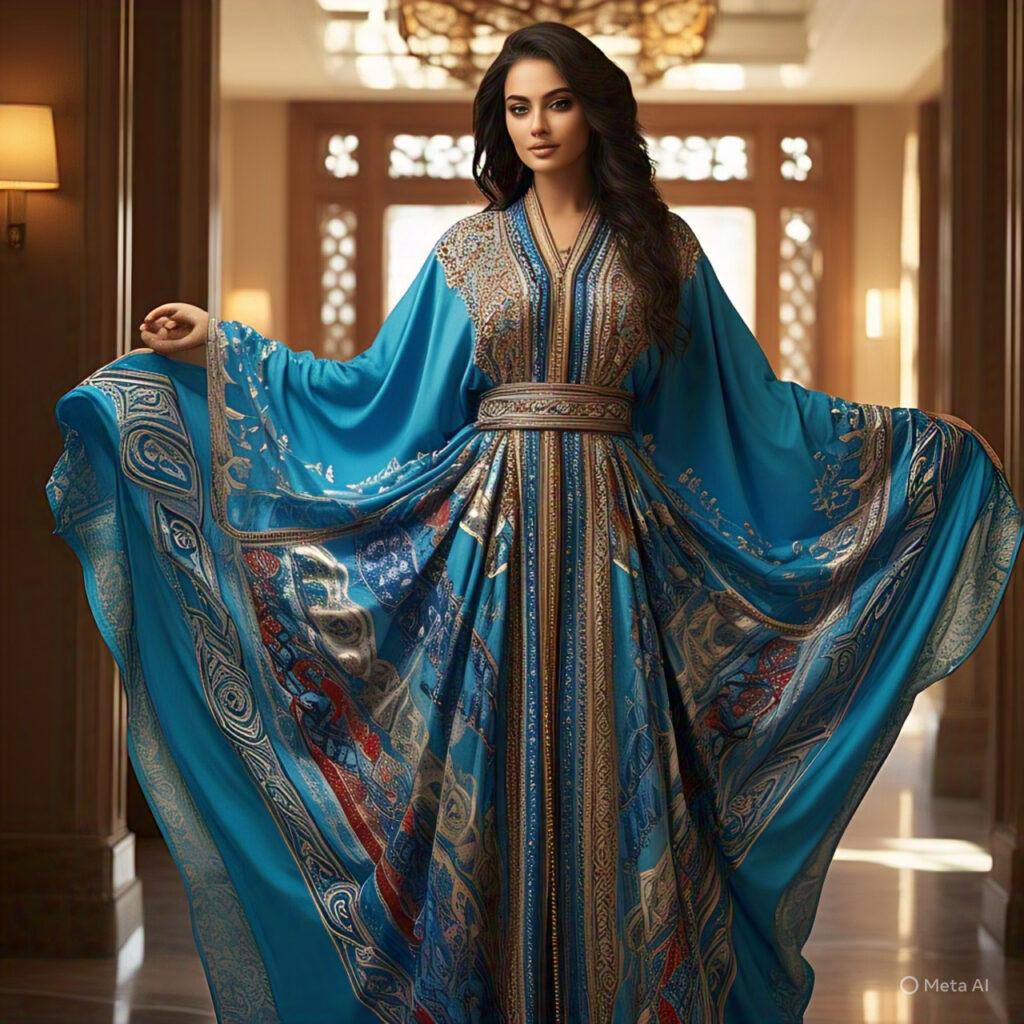
Why the Kaftan Dress Works for Everyone
One of the most amazing things about The Kaftan Dress is how inclusive they are. Here’s why:
1. Flattering for All Body Types
The Kaftan Dress are inherently forgiving and adaptable. Whether you’re petite, plus-size, or somewhere in between, the loose silhouette gracefully skims over the body without clinging. Want to accentuate your waist? Add a belt. Prefer a flowy, boho vibe? Let it drape freely.
2. Effortless Comfort
Let’s face it—fashion doesn’t always equal comfort. But kaftans break that rule. They feel like loungewear, but look polished enough for a brunch date or garden party. Breathable fabrics like cotton, linen, silk, and chiffon keep things light and airy.
3. Dresses Up or Down with Ease
Pair a cotton kaftan with sandals and a sun hat, and you’re beach-ready. Swap in wedges and statement jewelry, and you’ve got a dinner outfit. Throw on a velvet or beaded version, and you’re all set for a black-tie event. The versatility is unmatched.
4. Cultural Heritage Meets Modern Chic
Wearing a The Kaftan Dress is more than a fashion statement—it’s a nod to centuries of history. Whether it’s a Moroccan takchita, a Nigerian boubou, or a Turkish caftan, the garment carries a story of artistry, craftsmanship, and identity.

Types of Kaftan Dresses: A Style for Every Occasion
The term “kaftan dress” is wonderfully broad. Depending on where you’re going and how you want to feel, there are different types to explore:
● Beach Kaftans
Usually lightweight and semi-sheer, these are perfect as cover-ups for swimsuits. Bright prints, tassels, and airy cuts make them both practical and eye-catching.
● Embroidered Kaftans
Popular in Middle Eastern and South Asian cultures, these are adorned with intricate needlework or sequins, ideal for weddings and festive occasions.
● Maxi Kaftan Dresses
Long and elegant, perfect for formal dinners or weddings. Often made from silk, satin, or velvet.
● Short Kaftans
These work well as tunics paired with leggings or as standalone mini dresses. They’re great for summer brunches or casual strolls.
● Belted Kaftans
These give more structure to the silhouette and are perfect if you want a defined waistline without compromising on comfort.
Styling Tips: How to Rock a Kaftan Dress
You’ve got the kaftan—now how do you wear it in a way that looks intentional and stylish? Here are some tried-and-true tips:
★ Accessorize Wisely
Let the kaftan take center stage, especially if it’s bold or patterned. Pair with simple jewelry—maybe a gold bangle, hoop earrings, or a chunky necklace.
★ Choose the Right Shoes
Flat sandals work for casual settings, while heeled mules or strappy heels can elevate your look. If you’re going boho, even ankle boots can work with a short kaftan.
★ Add a Belt for Structure
If your kaftan feels too loose or shapeless, cinch it with a belt. This works especially well for formal occasions or date nights.
★ Layer It Up
Throw a denim jacket over a cotton kaftan for a laid-back vibe, or a structured blazer for something more polished. Scarves and shawls can also add warmth and dimension.
Kaftans Around the World: Global Inspirations
What’s beautiful about the kaftan is its presence in so many cultures, each with its own spin:
- Morocco: The Moroccan kaftan is regal and often worn at weddings and special events. Expect velvet, brocade, gold embroidery, and intricate beadwork.
- West Africa: In countries like Nigeria and Senegal, kaftans (also called boubous) are a staple in both men’s and women’s wardrobes. They’re usually made with vibrant prints and bold colors.
- India and Pakistan: Often referred to as kaftan kurtas, these versions mix the flowing kaftan silhouette with South Asian motifs, embroidery, and textiles.
- Indonesia: The batik kaftan is a stunning blend of traditional dyeing techniques and modern cuts.
Each of these regional versions adds a rich layer of meaning and craftsmanship to the simple kaftan silhouette.
Sustainability and the Slow Fashion Movement
Another reason the kaftan is gaining attention? It aligns beautifully with the values of slow fashion. With more people moving away from fast fashion and towards ethical, sustainable choices, kaftans offer a timeless piece that doesn’t go out of style.
Many kaftans are handmade by artisans using age-old techniques like block printing, hand embroidery, or weaving. Investing in one means supporting traditional crafts and reducing the demand for mass-produced clothing.
Where to Buy Kaftan Dresses
Looking for your next kaftan? Here are a few places to start:
- Boutique Designers: Look for labels that specialize in boho or resort wear. Many small designers offer unique, limited-edition kaftans.
- Artisan Markets: Check out online platforms like Etsy or global marketplaces for handcrafted kaftans.
- Luxury Brands: Designers like Oscar de la Renta, Missoni, and Camilla have all featured kaftans in their collections.
- High-Street Options: Stores like Zara, H&M, and Mango occasionally offer modern kaftan-inspired pieces—great if you’re just testing the waters.
Final Thoughts: Why Every Woman Needs a Kaftan Dress
In a world where fashion trends come and go at lightning speed, the kaftan remains a constant. It’s versatile, inclusive, comfortable, and effortlessly chic. Whether you’re chasing sunsets on a tropical vacation or simply lounging at home with a good book, the kaftan dress has your back—literally and figuratively.
It’s more than a dress; it’s an experience. A cultural statement. A nod to history, luxury, and freedom.
So the next time you’re staring at your closet thinking, “I have nothing to wear,” consider reaching for a kaftan. Chances are, it’ll be the most flattering, freeing, and fashionable choice you can make.



